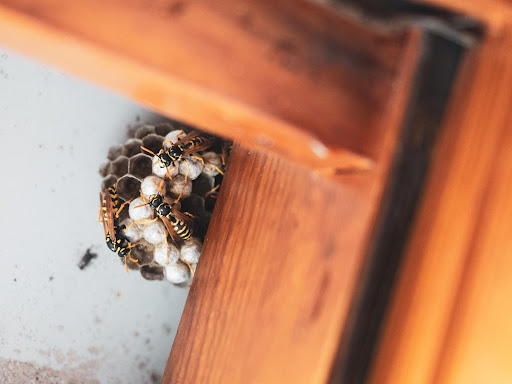Launching and managing a business is already quite challenging. With a pest problem on your hands, the job can become twice or even three times as tough. Businesses like restaurants, food manufacturing plants, and medical offices can even shut down if the pest infestation worsens.
No matter which industry your small business belongs to, we’ve got you covered. Here are a handful of tips and pieces of advice for companies that want a better grasp of their pest control. Continue reading to find out what you can do to keep your business thriving while eliminating pests and bugs on the premises.
Use Indoor Pest Deterrents
Sometimes, pests will get past your outdoor deterrents and make their way into your establishment. After all, not all businesses have a space for landscaping. Thus, you’d want to be ready for the ones that make it into your office or establishment.
Indoor deterrents are perfect solutions to keep them at bay. An excellent modern example is ultrasonic repellent technology. If you’re looking for high-quality repellers, consider Everpest ultrasonic repellers.
If you’d like something that feels somewhat more natural, use essential oils. Peppermint, eucalyptus, and lavender oil are examples of pest-deterring oils. Cayenne pepper and vinegar are also effective, especially if your targets are ants that have found various ways into your office.
Add Pest-Repelling Flora to Your Landscaping
Does your small business have landscaping? Take advantage of this factor and plant flower species on your landscape that naturally deters pests. Some great pest-repelling plants to include in your garden or landscaping are:
- Chamomile
- Mint
- Basil
- Lavender
- Lemongrass
- Sage
- Rosemary
- Floss flowers
- Thyme
- Pitcher plants
These plants aren’t just great at repelling harmful bugs and rodents. Some even attract customers with their sweet fragrances or beautiful blooms. For the best landscaping installations, consult a professional landscaper.
Consider the factors that may also affect the growth of the plants of your choice. For example, some plants thrive well when in warmer climates. Also, some people have skin sensitive to plants like mint and thyme, so check your tolerance first.
Seal Trash Cans and Recycling Bins and Store Trash Properly
Does your small business create heaps of garbage and recyclables every day? Make sure that the garbage and recycling areas in your business site are well-maintained and orderly. Pests like hiding and invading these areas.
Buy trash cans with lids or covers for your business. When your custodians empty them and store them, assign a place where they can put the trash aside neatly until collection time. Don’t stack trash bags or leave them open because they still attract insects.
Check and Seal Gaps and Cracks
Bedbugs, cockroaches, and termites are the most common pests that pest control companies must deal with. These pests can enter a building or establishment by using gaps or openings. They can also enter chimneys, HVAC ducts, and other utility connections.
Secure your office and establishment by inspecting corners for cracks and gaps. If you find any, make sure you seal them up right away. Do regular checks and cleanups of your HVAC ducts and utility connections.
Use Door Sweeps to Keep Pests Out
Openings aren’t the only spaces where bugs can enter your business. Depending on your company, you may manage an office with a front door instead of a shop. If customers enter your establishment through the door, pests can do the same via the gaps around it.
A solution to keep pests out is to use door sweeps. A door sweep seals the gap and keeps insects out. It can also retain heat and cooling within the room, which can help you save on HVAC costs.
Practice “First In, First Out” Rotations in Food Storage and Processing Facilities
Are you a restaurant owner? If not, do you have a business that involves food storage, production, distribution, or handling? If so, you need to train your employees to practice the “first in, first out” rotation system.
This simple food checking method is quick and easy to adopt and is widely used across the food industry. The idea is to use the stocks or food that you bring into the pantry first. This system efficiently reduces the chances of food items rotting or going bad in your storeroom.
Create a Pest Reduction Plan
The last entry in our list is to have a plan to determine what you’ll do when you find evidence of pests dwelling in your establishment. The program must be detailed, cohesive, and backed up by contingencies. It should also consider all factors and possibilities involved in an insect or pest infestation.
For example, your pest reduction plan should detail the steps you’ll take to eliminate pests if you find evidence of them in your establishment. Which methods will you use, and how will you see if you’ve removed the infestation? Which measures should employees take to ensure that their desks, offices, and break rooms remain pest-free?
The plan should also determine the budget and time or schedule you’d need for pest removal. It doesn’t need to be a big budget. Instead, focus on the plan and the methods you’ll use to handle an office pest infestation.
Conclusion
Always remember that pest prevention starts from the exterior. Use repellents and always check and ensure no gaps or openings are left unsealed. Pest reduction and elimination plans are essential to keeping them out.
You may be interested in: Is Pest Control For Commercial Property Important?


